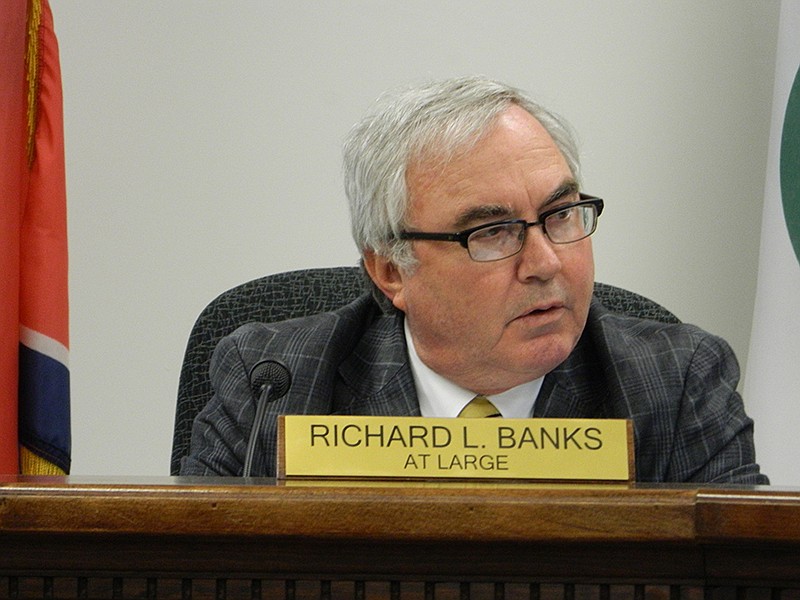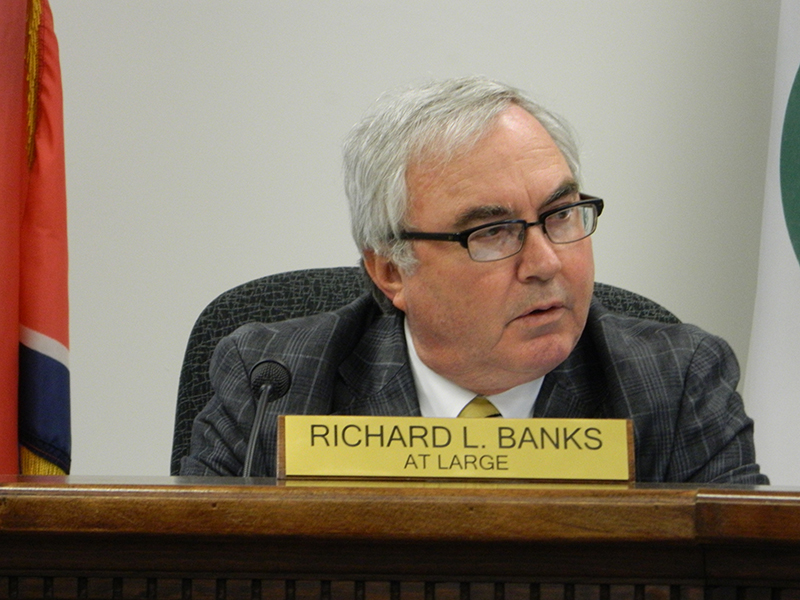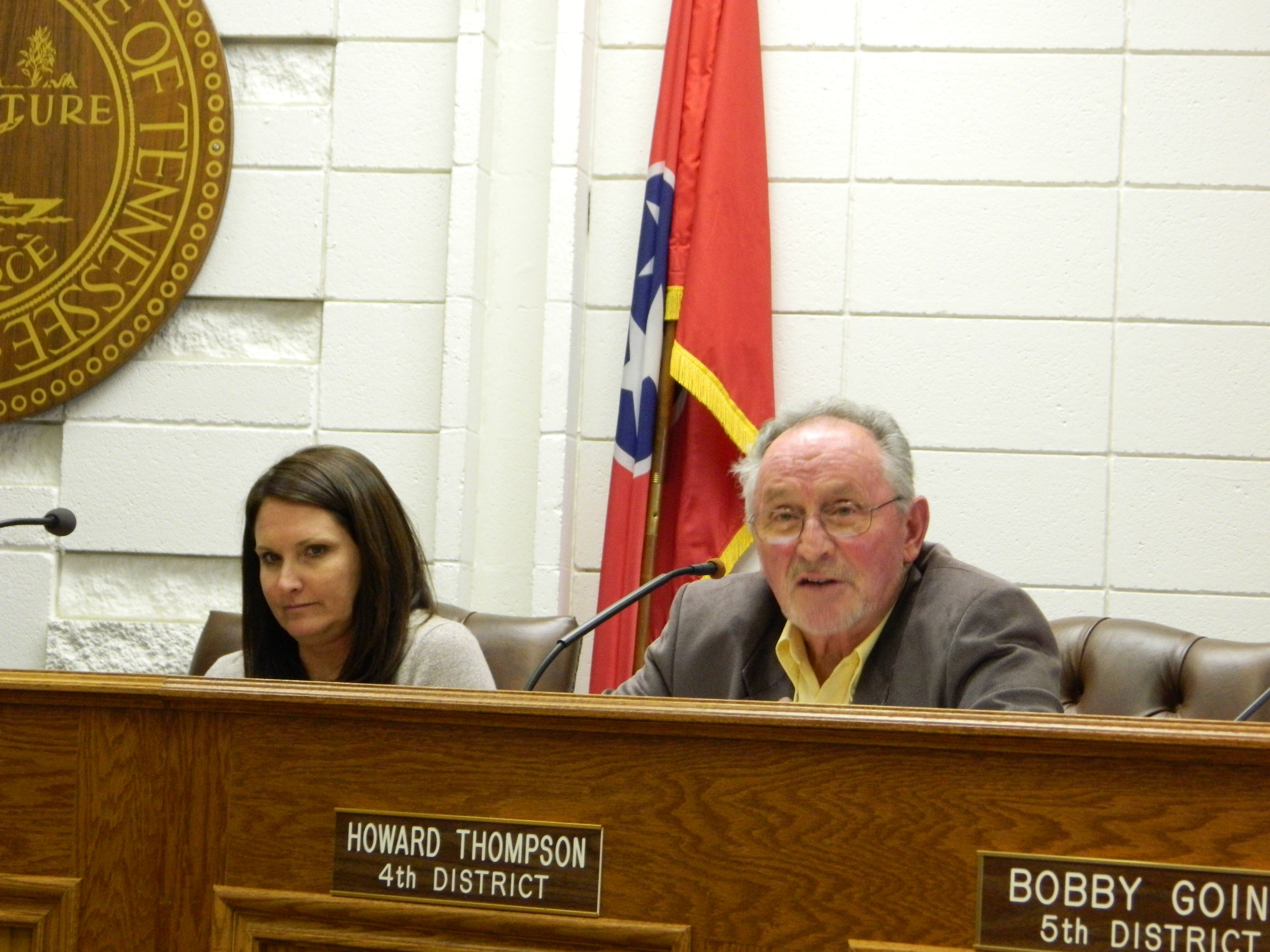CLEVELAND, Tenn. -- Cleveland leaders would like to see their counterparts on the Bradley County Commission increase funding to the county's ambulance service.
On Monday, the Cleveland City Council voted 7-0 in favor of a measure requesting the county government "seriously consider providing additional funding" to Bradley County Emergency Medical Service so that the agency would "continue to be well-equipped to provide quality emergency services and care."
"The ambulance service is probably one of the most important services that a government can provide for its citizens," Councilman Richard Banks said while addressing Danny Lawson, the director of Bradley County EMS.
In November, Lawson addressed staffing concerns with county commissioners, asking for two more full-time paramedics if revenue streams allowed this fiscal year. At that time, there were 56 full-time paramedics and about as many part-time emergency medical technicians, and he estimated staffing levels had not increased in eight years.
Bradley County EMS would need 10 additional full-time paramedic positions in coming years, Lawson said.
In November, the county said revenue collections would be reviewed early this year to determine if the two additional paramedics could be afforded.
The Cleveland Council's request on Monday is driven by concerns over county budget cuts as well as ambulance service staffing, said Vice Mayor George Poe.
The measure of support is a way for the City Council "to go on record" that the city real estate accounts for 57 percent of Bradley County property tax revenues, which are funneled to the ambulance service through the county general fund, said Banks.
Of the county's overall population of around 100,000, about 40,000 are city residents, according to recent figures.
Bradley County EMS staffing concerns also were cited as the reason Cleveland leaders requested a Municipal Technical Advisory Service study regarding the feasibility of the city creating its own ambulance service.
A city ambulance service, which would be administered through the Cleveland Fire Department, was projected to generate an overall deficit of $741,697 in its startup year.
Operational deficits were projected to range between $350,000 and $410,000 over the next four years, according to the MTAS study.
Of Bradley County EMS' revenues, the large majority of the overall $5 million comes from insurance and customer collections, Banks said, with taxpayer revenue only contributing about $500,000.
That means each county resident pays about $5 per year -- less than 50 cents a month -- to have ambulance services available to them through the current model, said Banks.
Several Bradley County commissioners took exception to the Cleveland City Council exploring a city-only ambulance service, which would be expected to create major losses in customer revenues for the county ambulance service.
Such a move "is just to get back at us," said Commissioner Howard Thompson. "I'm sure of that, because our ambulance service is one of the best in the country."
A number of county commissioners suggested that the Cleveland City Council could allocate city tax dollars to the county ambulance service as a way of improving the department's revenues.
Paul Leach is based in Cleveland. Email him at paul.leach.press@gmail.com.


